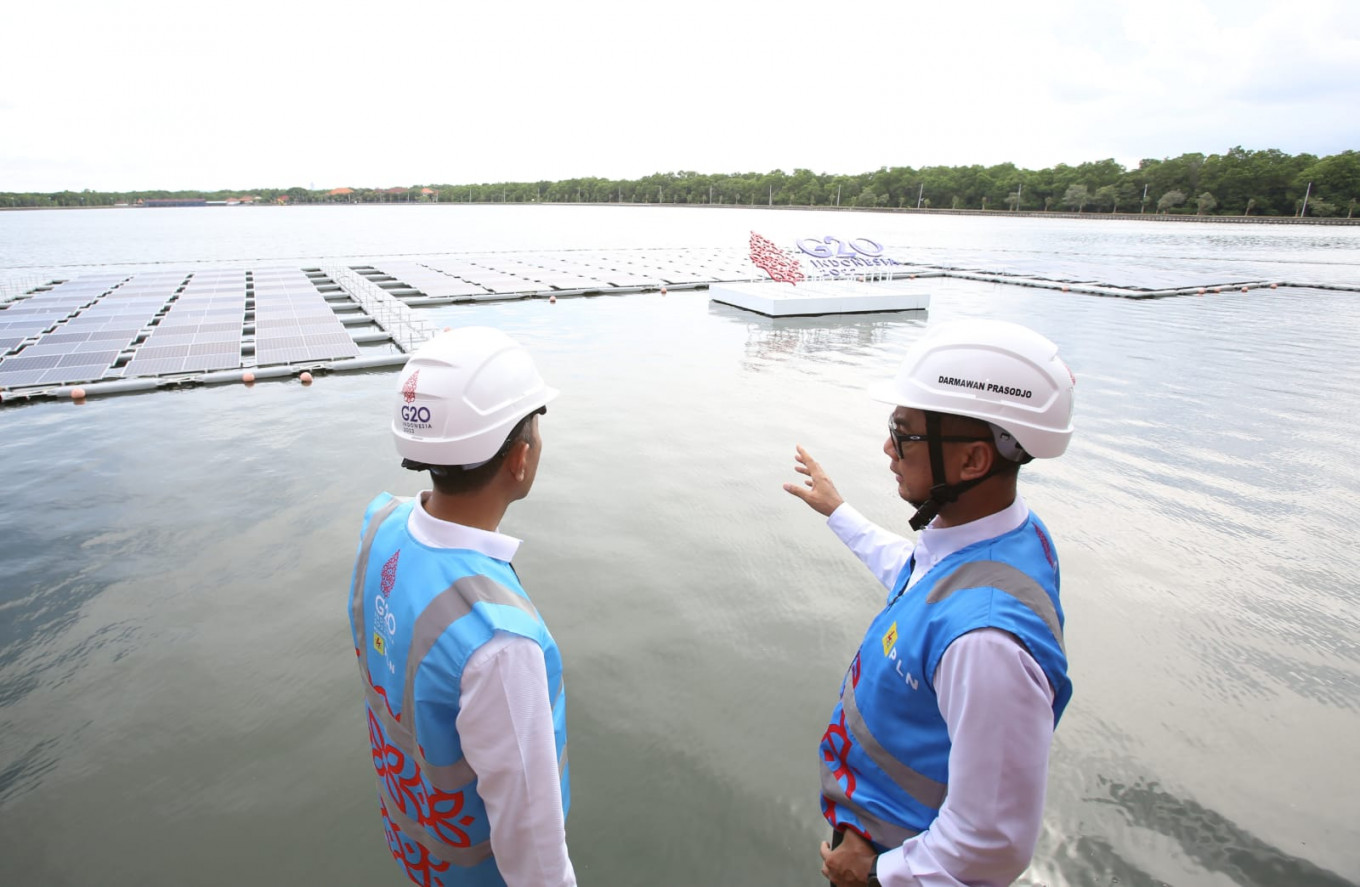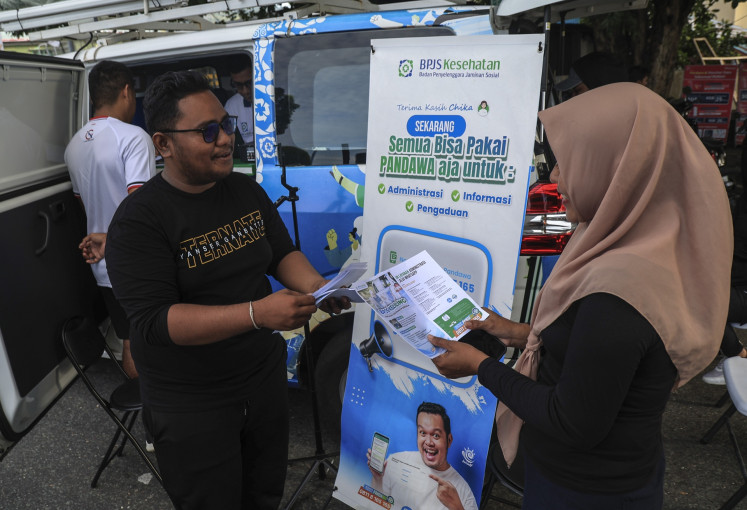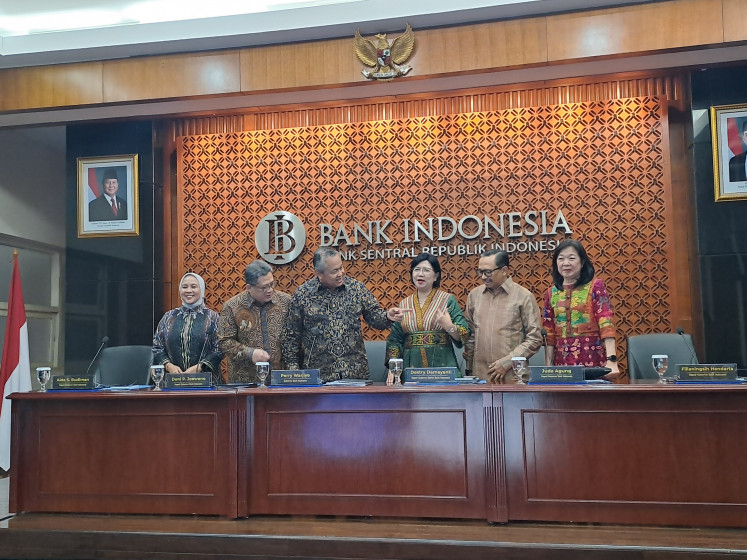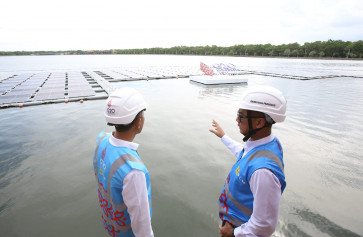Popular Reads
Top Results
Can't find what you're looking for?
View all search resultsPopular Reads
Top Results
Can't find what you're looking for?
View all search resultsJETP could make or break energy transition in Indonesia
The current vulnerability of the rupiah and diminishing export revenue may erode the country’s fiscal space to shoulder more debt to fund its energy transition projects.
Change text size
Gift Premium Articles
to Anyone
T
he government recently published the Comprehensive Investment and Policy Plan (CIPP), the investment plan that will provide the work structure for the much-anticipated Just Energy Transition Partnership (JETP) in Indonesia.
The partnership pledge, announced in Bali during the Group of 20 summit last year, shows the support of developed countries to Indonesia, one of the critical places in the global energy transition. The country is not only a large emitter, but also a thriving economy that possesses critical mineral deposits essential for the net-zero journey. If the energy transition does not happen in Indonesia, it will not be possible in the rest of the world, experts have said.
But as the country faces a general election and global uncertainties, the survival of the megaproject depends on a smooth political transition that can ensure policy stability and strong donor commitment to the project. With most of the funding coming from loans, a capable government is critical to creating strong economic growth and maintaining debt sustainability after the Feb. 14, 2024, election.
As a developing country with abundant coal reserves, most types of renewable energy in Indonesia, except for hydropower, are more expensive than coal, making the country less competitive in attracting investment. While potential for renewable sources like solar and geothermal energy is enormous, given the country’s geographic location along the equator and on the Pacific Ring of Fire, with more than 100 active volcanoes, the sector is still largely underdeveloped because of low investment in technology and infrastructure.
An International Renewable Energy Agency (IRENA) report in 2022 said that the weighted average cost of capital for solar and wind projects in Australia is at 3.7 percent, significantly below that of Indonesia, at 6 percent. Another IRENA report in 2020 said the average cost per megawatt of solar photovoltaic (PV) capacity in Indonesia is 65 percent higher than in India and 10 percent higher than in Thailand.
A major capital buildup in renewable energy, especially from public funding, would help develop basic infrastructure and bring down the cost of renewable energy in the country. Amid a limited state budget, there is ample room for domestic private sector and foreign funding to step in.
The JETP is the first major international partnership that has expressed commitment to the country’s net-zero transition. A group of international donors, including the International Partners Group (IPG) and the Glasgow Financial Alliance for Net Zero (GFANZ), has pledged to inject US$20 billion, which is about 9 percent of the government’s estimate of Rp 3.5 quadrillion ($227 billion) of total investment required to decarbonize the country’s energy sector.



















